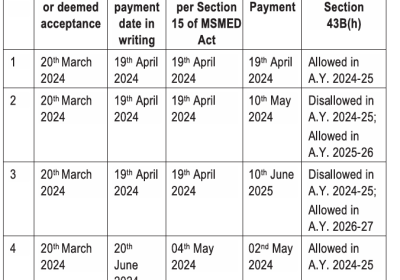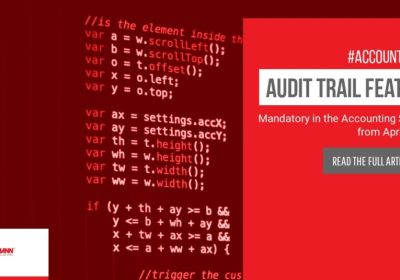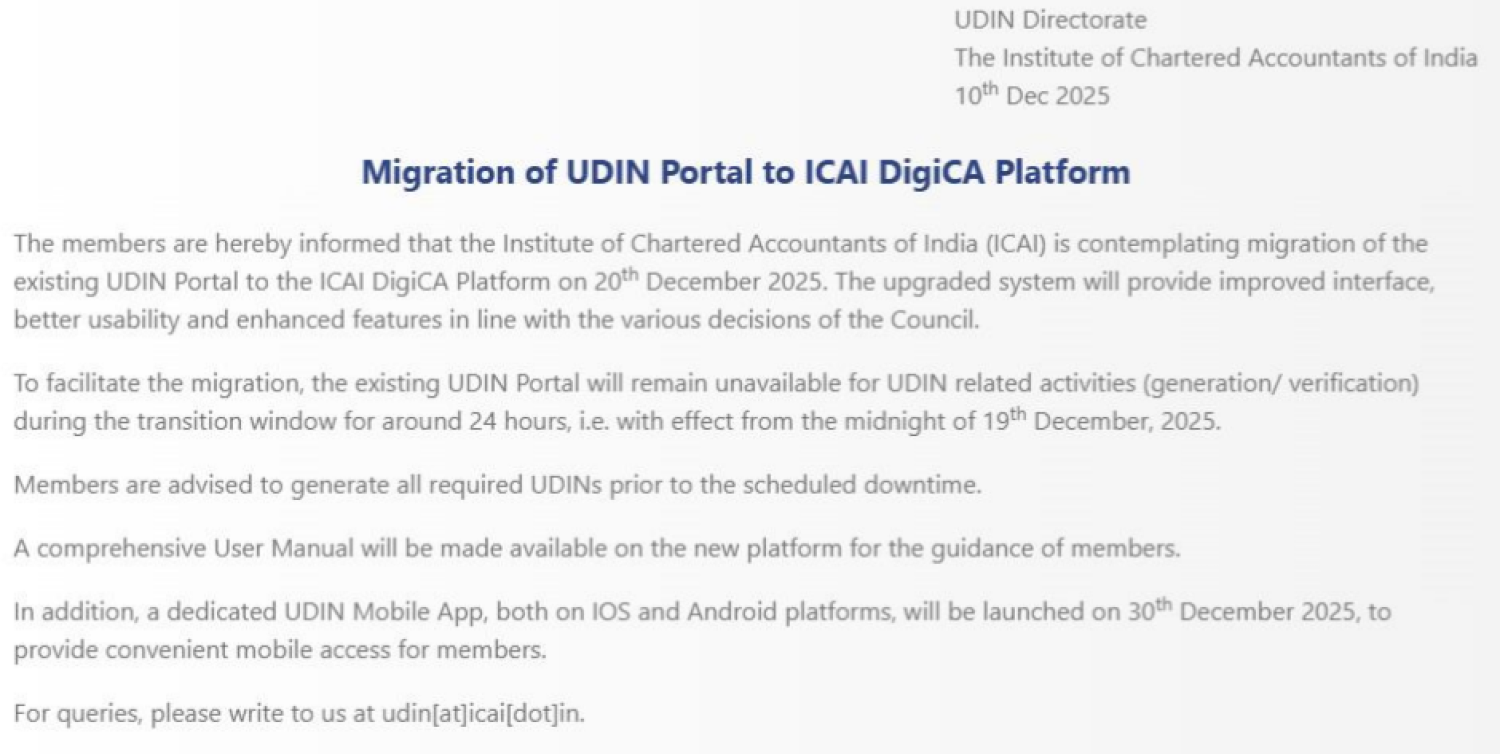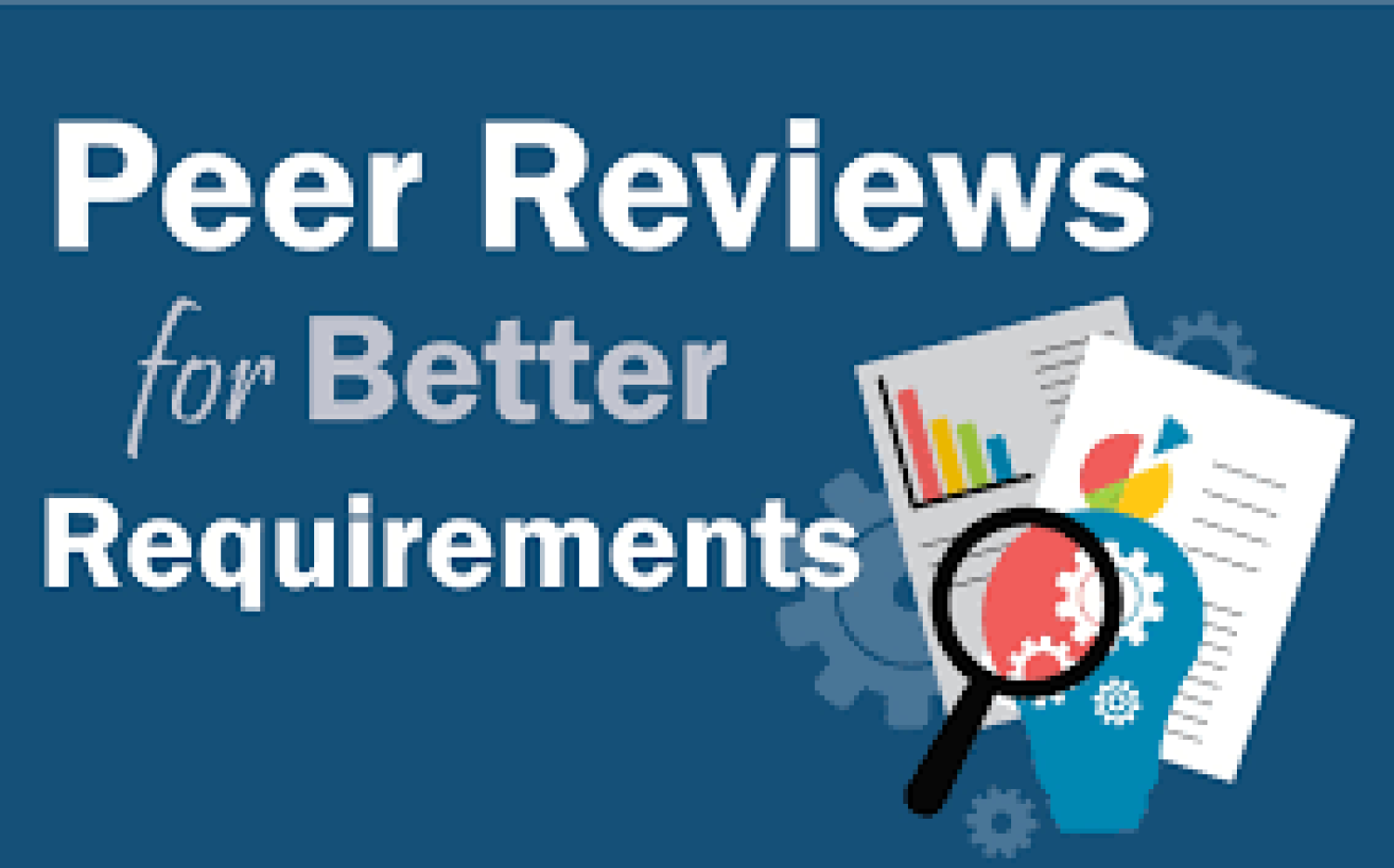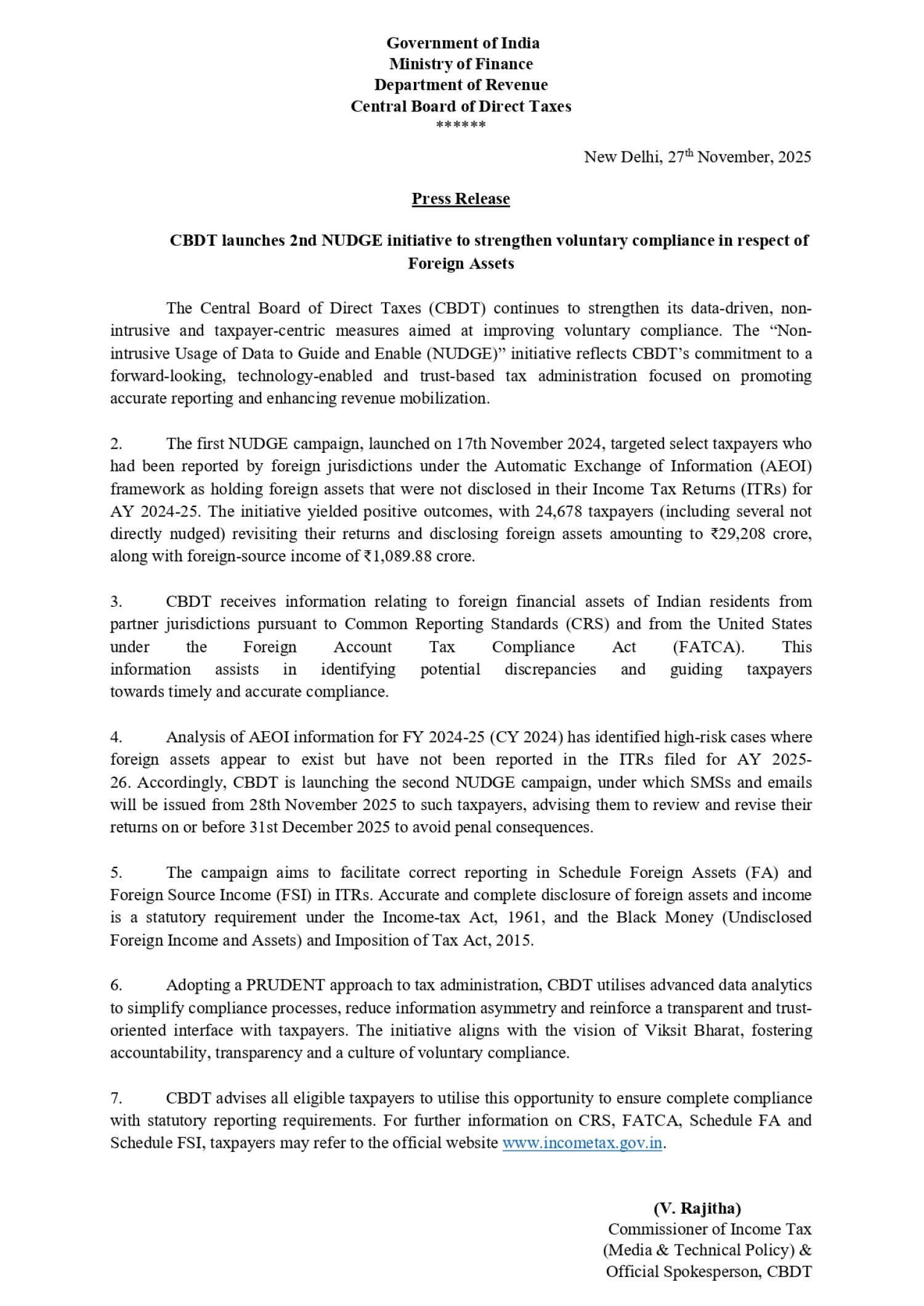Table of Contents
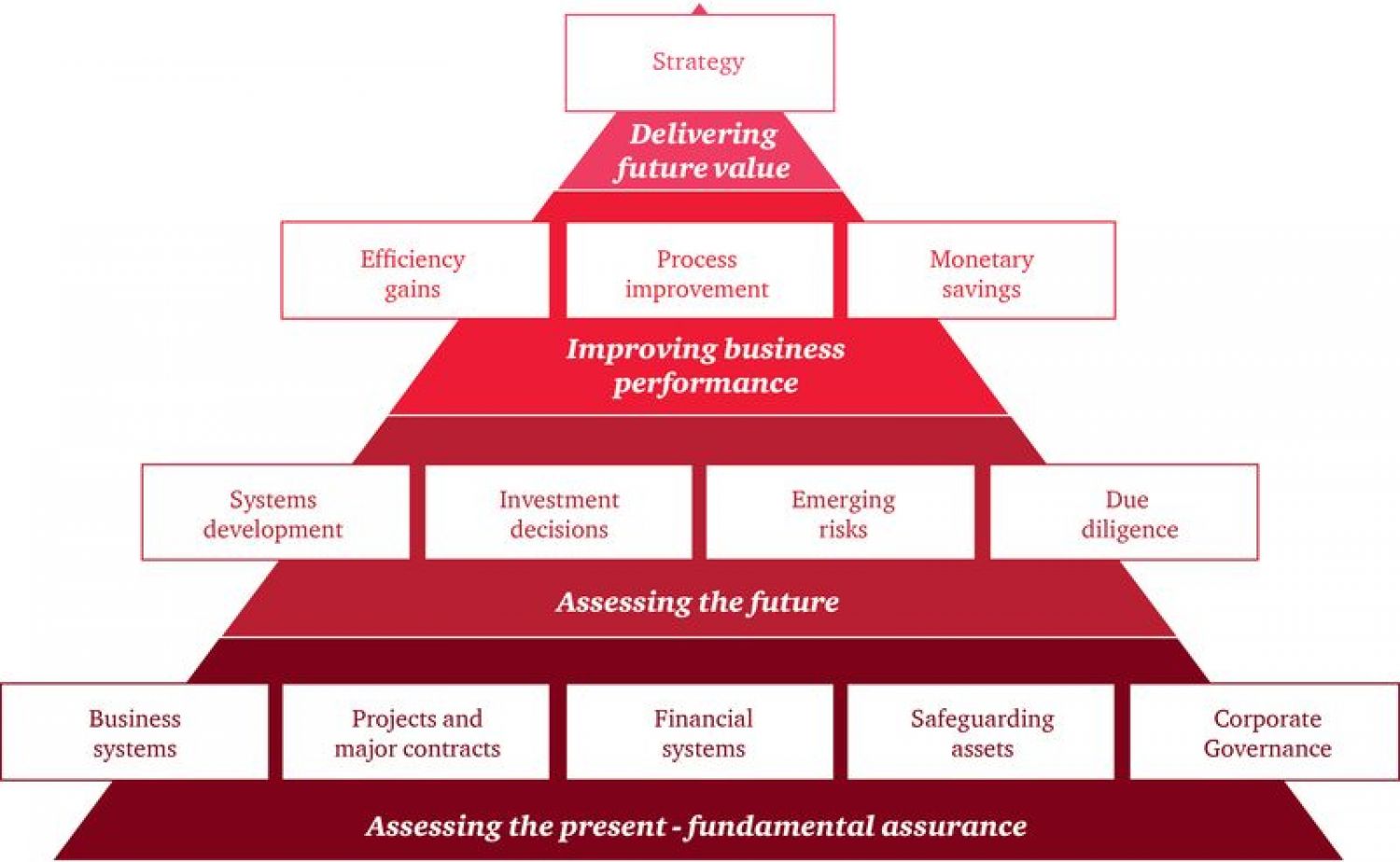
ABOUT BUSINESS RISK
In an extremely complex and dynamic environment, an auditor is vested with the responsibility to consider various risks associated with the business and the same be inculcated in their audit plan. Audit principles and methodologies frequently use the concept of risk to raised orient audit procedures and permit the professional to specialise in the relevant aspects.
The emphasis on business risk stems mainly from the consideration that the very complex economic-financial context and also the type of companies present on the market don't allow the utilization of a previously determined audit model, applicable to any sort of business reality. The ‘Risk-Based Approach’ model emphasizes the importance of the auditor’s understanding of sectoral peculiarities, organizational characteristics, strategic objectives, unusual or related party transactions, management complexities, and related risks of the corporate in question.
All this is often to spot the potential impacts that these strategic, operational, and/or financial risks may have on the financial statements, in terms of the risk of incorrect financial statement measurements.
EXAMPLES OF BUSINESS RISK
Audit Risk
The audit risk can be defined as the risk of passing an opnion which is without modification, even though the same contains significant errors. The auditor plans and conducts his or her activities to cut back audit risk to an acceptably low level in line with the objectives of his or her professional activity.
To limit this risk, it's necessary to assess whether the financial statements may contain a material misstatement and, consequently, to work out the nature, timing, and extent of the checks on the financial statements. This also limits the chance that the auditor doesn't identify material errors that will be contained within the financial statements. during this case, we speak of the risk of identification.
Thus, we can say that, mainly at the time of assessing the risk of potential errors, the best audit firms in Delhi have their focus on identification of business risks and also its repercussions on the financial statements. Such an analysis is made, by focusing on two components: intrinsic risk and control risk.
Intrinsic Risk :
The intrinsic risk is the risk that there's a potential error within the financial statements, irrespective of the internal system implemented by the corporate. The factors to be considered for the evaluation of intrinsic risk are as follows -
•Rotation, competence, and ethics of management personnel;
• any sought of emphasis, being placed by the management, in order to achieve certain specified results;
• Influence of external factors on corporate operations like inflation, interest rates, currency risks;
• Increasing prospects of innovation and development in the specific sector;
• Profitability, equity, and financial leverage;
• Considerations on business continuity;
• Occurrence of significant transactions with the related parties.
Control Risk :
Control risk is defined as the risk that a material misstatement in a financial statement item isn't prevented, identified, and corrected by the company’s internal control system. This risk is therefore associated with the effectiveness of the internal audit system itself.
The assessment of the control risk is the results of the knowledge and examination of the internal control system of the corporate and its effective application, along with the distributed auditing services in Delhi, by implementation certain specific procedures.

